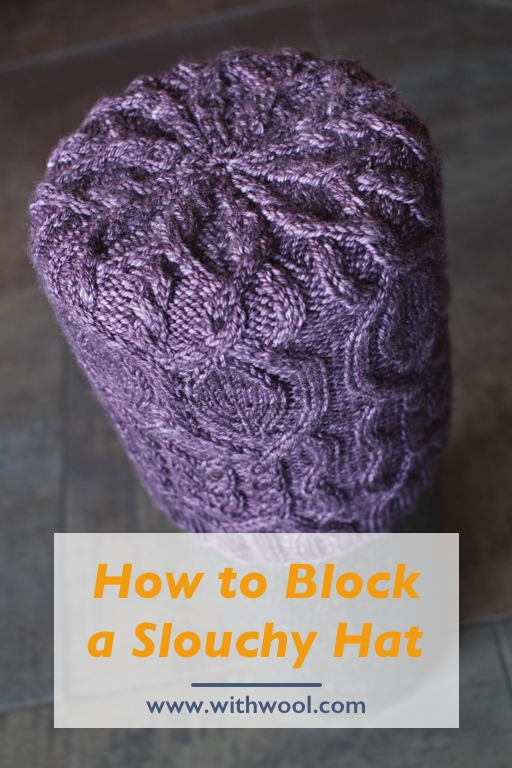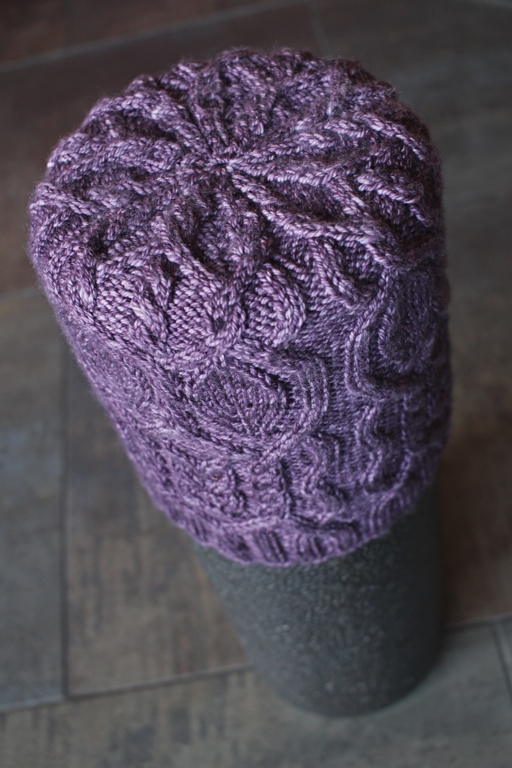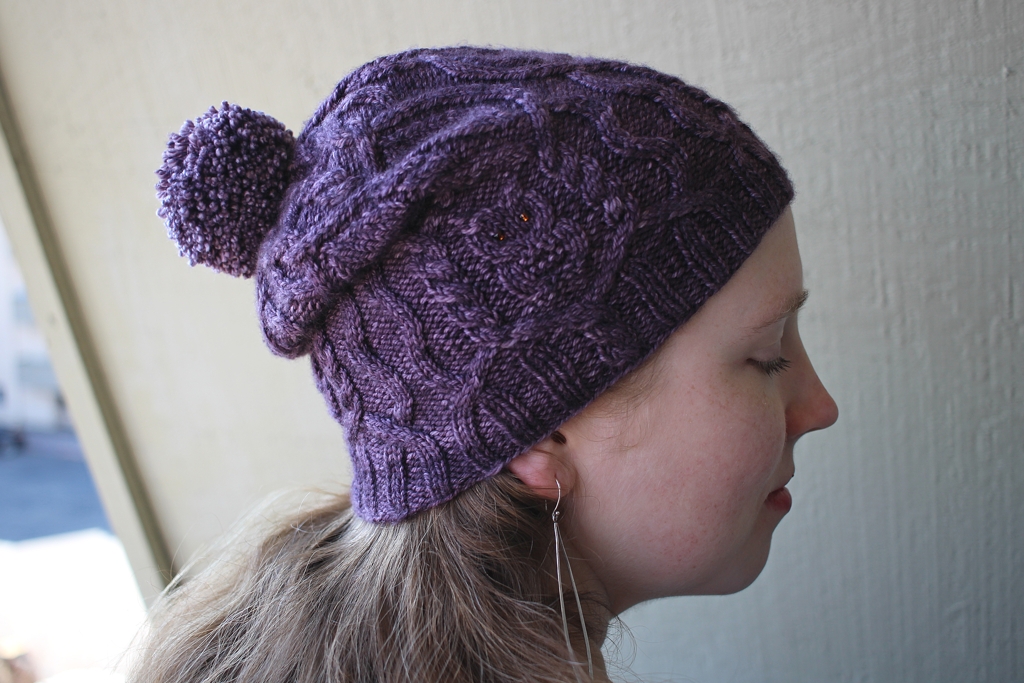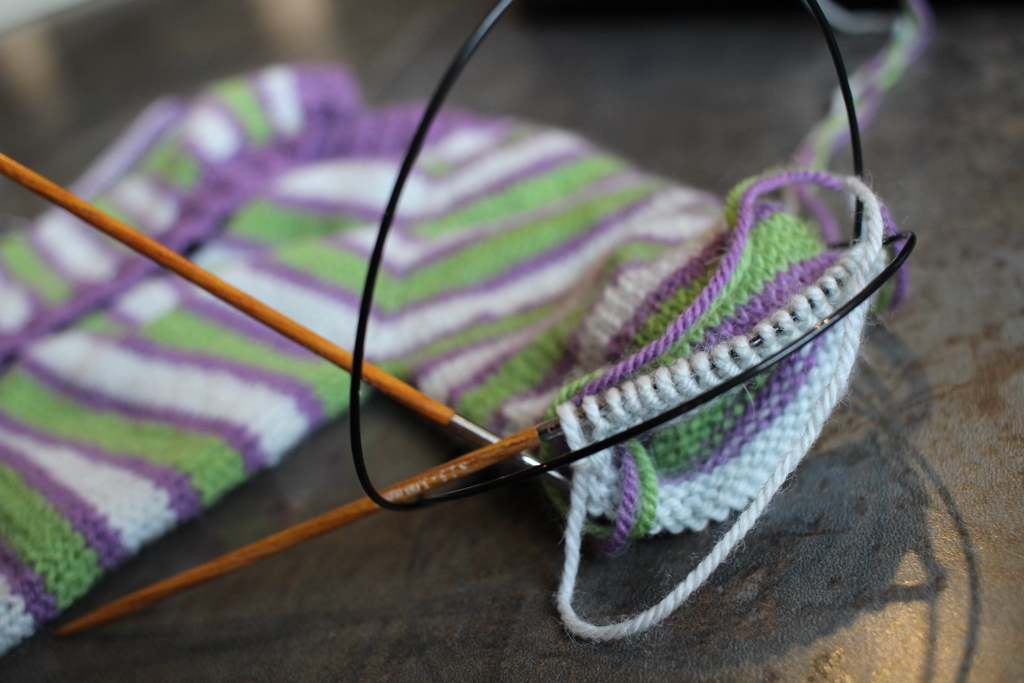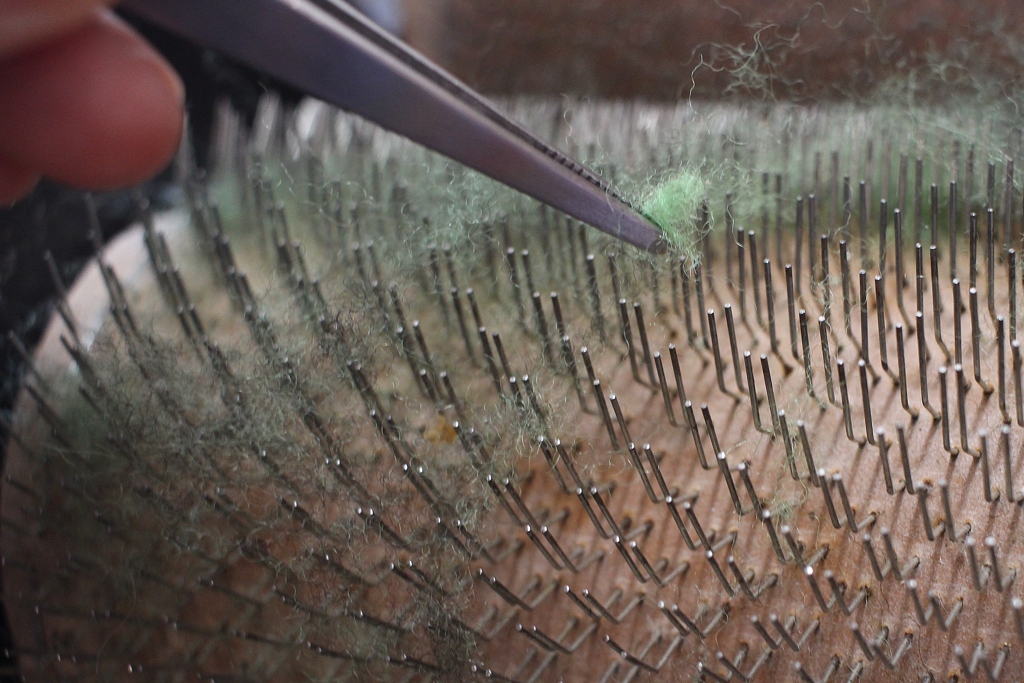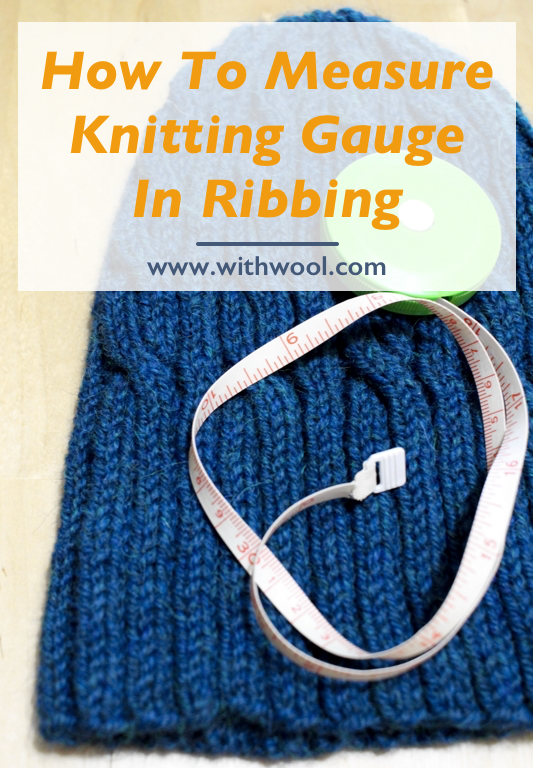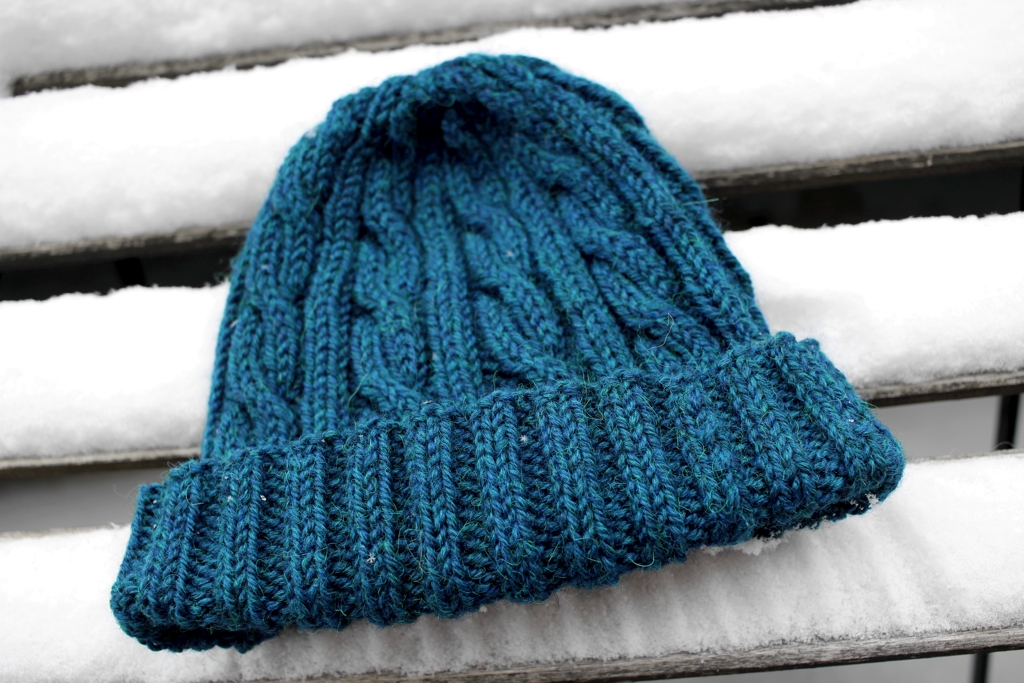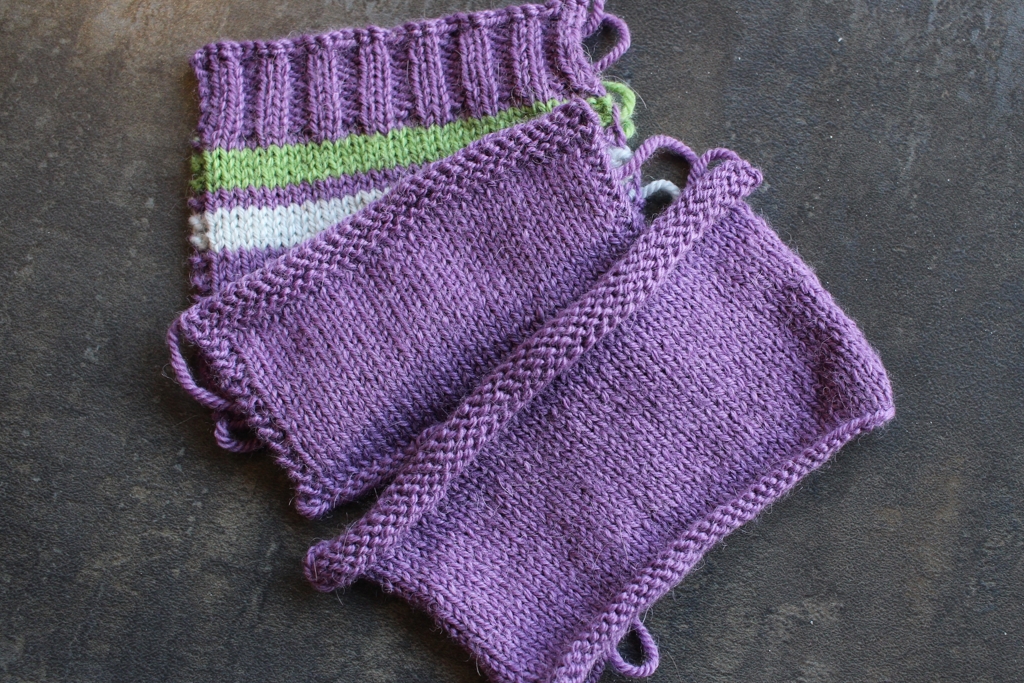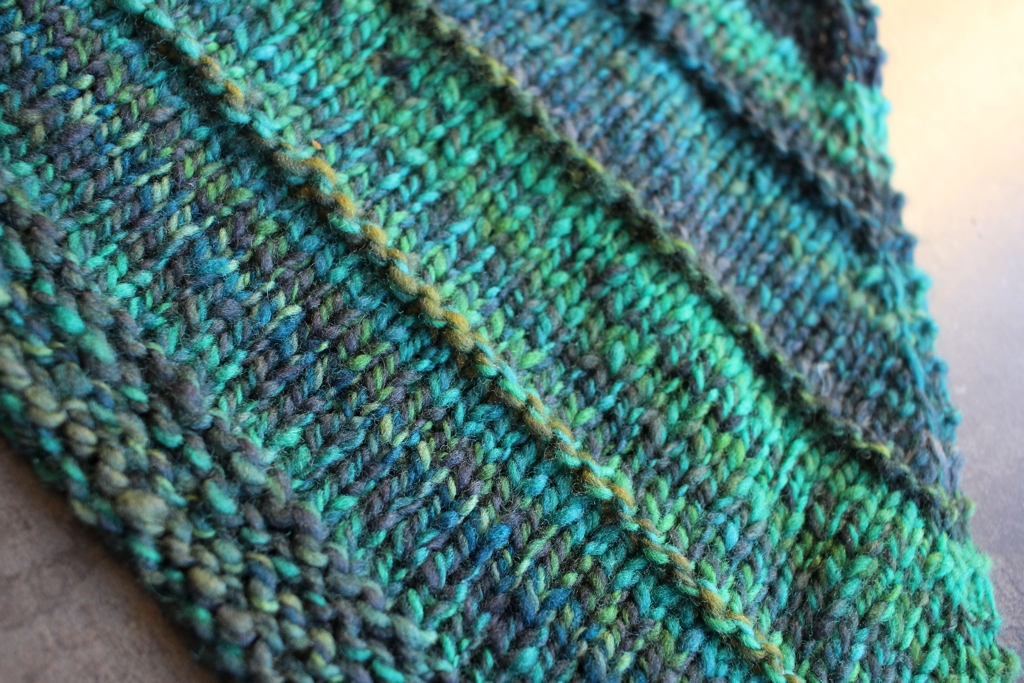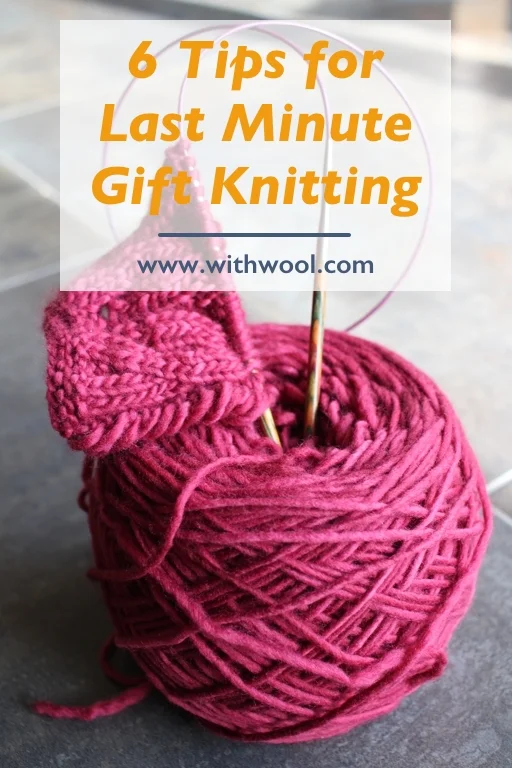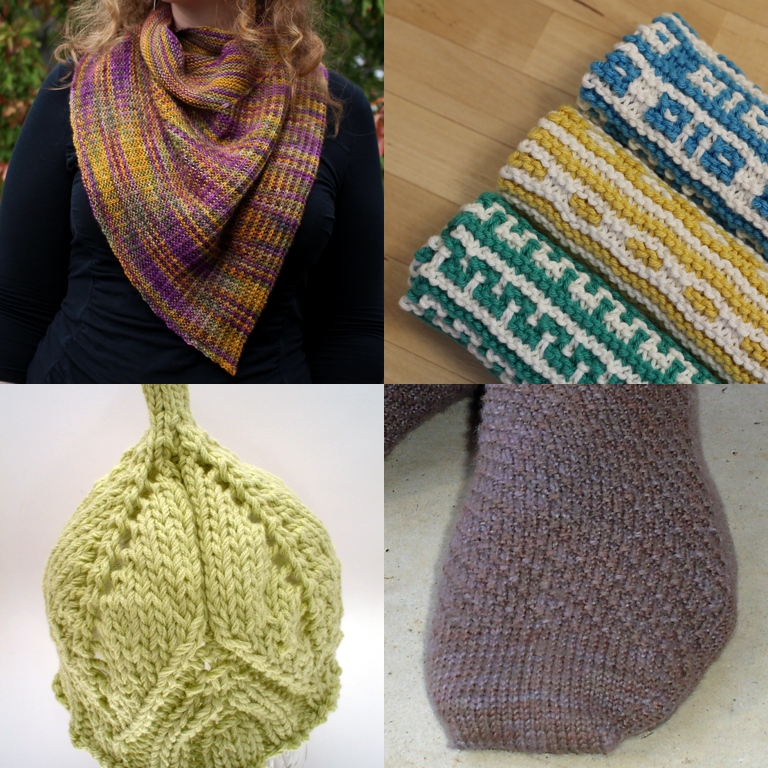How To Block A Slouchy Hat
/Sometimes the hardest part of finishing a knitting project is figuring out how to wash and block it so that it looks its best, especially hats and slouchy hats. I stalled while trying to figure out how to block my Owl In The Thicket hat after not being able to put it down because the cables were so addicting to knit. How could I block it so that the cables and fabric relaxed evenly?
This is the hat after it came off the needles. Looks good, right? The cables are crisp. The shape and length are just right. So why would I need to block it?
This is why. The needles I chose created beautiful cables, but also a firm fabric. It looked more like a gnome hat than the loose slouch that I had in mind when I cast on. The hat wasn't a knitting failure, just unfinished. Skipping blocking was not an option. But how to do it? The cables and fabric needed to relax evenly over the entire hat, so I didn’t want to use a balloon or a ball. And stretching the hat over a plate wouldn’t help since I wasn’t trying to make a beret or tam. So what else would work?
The perfect slouchy hat blocker turned out to be a smooth foam roller. What’s a foam roller? Basically, a dense foam cylinder used to help loosen tight muscles, tendons, and knots before or after exercise. They’re easy to find and not expensive. And when you’re not using them to block hats, you can still use them to work out those pesky muscle knots. The one I have is 18” around which makes it the perfect size for blocking most child and adult hats.
HOW TO BLOCK A SLOUCHY HAT ON A FOAM ROLLER
Step 1: Soak the hat in cool water with a squirt of no-rinse soap for 15 to 20 minutes. I use Eucalan (<<— affiliate link!*) and love it.
Step 2: Roll the hat up in a towel and squeeze out the excess water. Remember not to wring it out which will pull the hat out of shape.
Step 3: Pull the hat over one end of the foam roller. Then you can move it around and make sure the hat and design details aren’t twisted. Plus, since this is foam and not a balloon, you can easily stretch and pin out any lace or crown decreases.
If you want to keep a ribbed brim as stretchy as possible, you can cut the foam to size so that the brim hangs below and un-stretched.
Step 4: Let it dry, take it off the roller, and enjoy a perfectly slouchy hat.
Here’s what my hat looked like after blocking and with the addition of a giant pom-pom. It’s a definite change for the better, and the slouchy hat I wanted from the beginning. Blocking isn’t magic, but it certainly seems like it could be.
*This post contains an affiliate link which means, if you decide to buy through that link, I’ll get a small commission. My opinions are unbiased, my own, and formed after years of use. I wouldn’t recommend this soap if I didn't think it worked well. Thanks!

